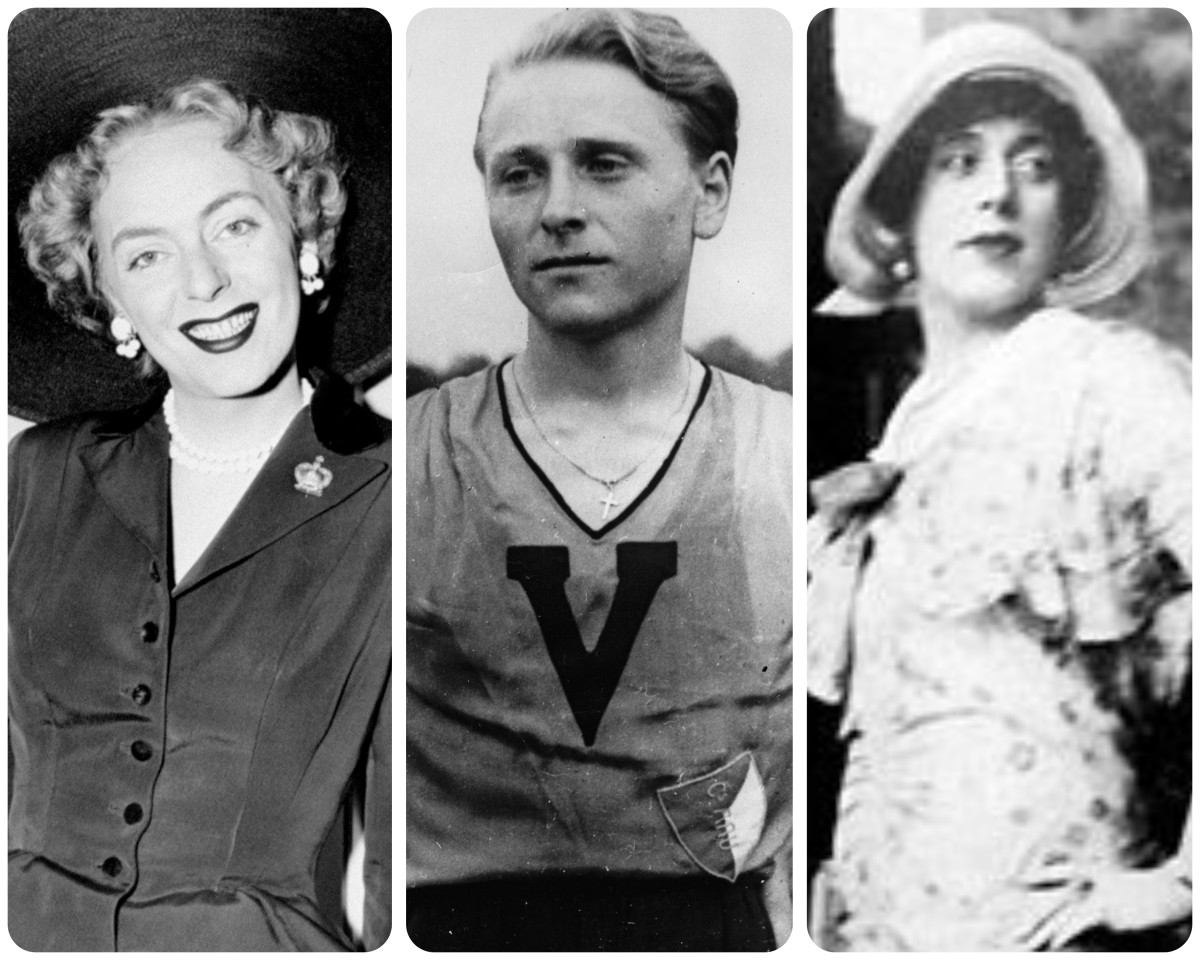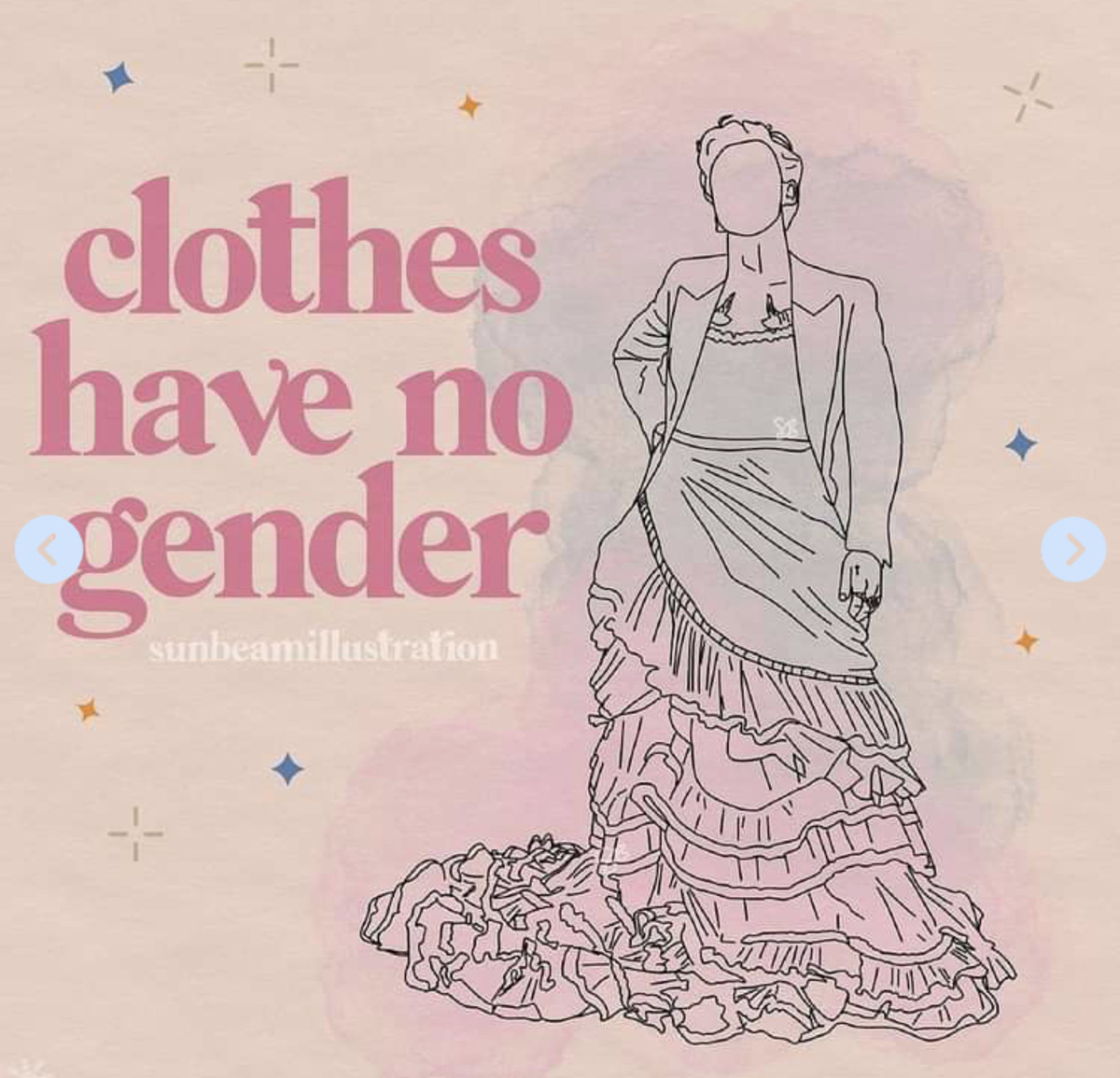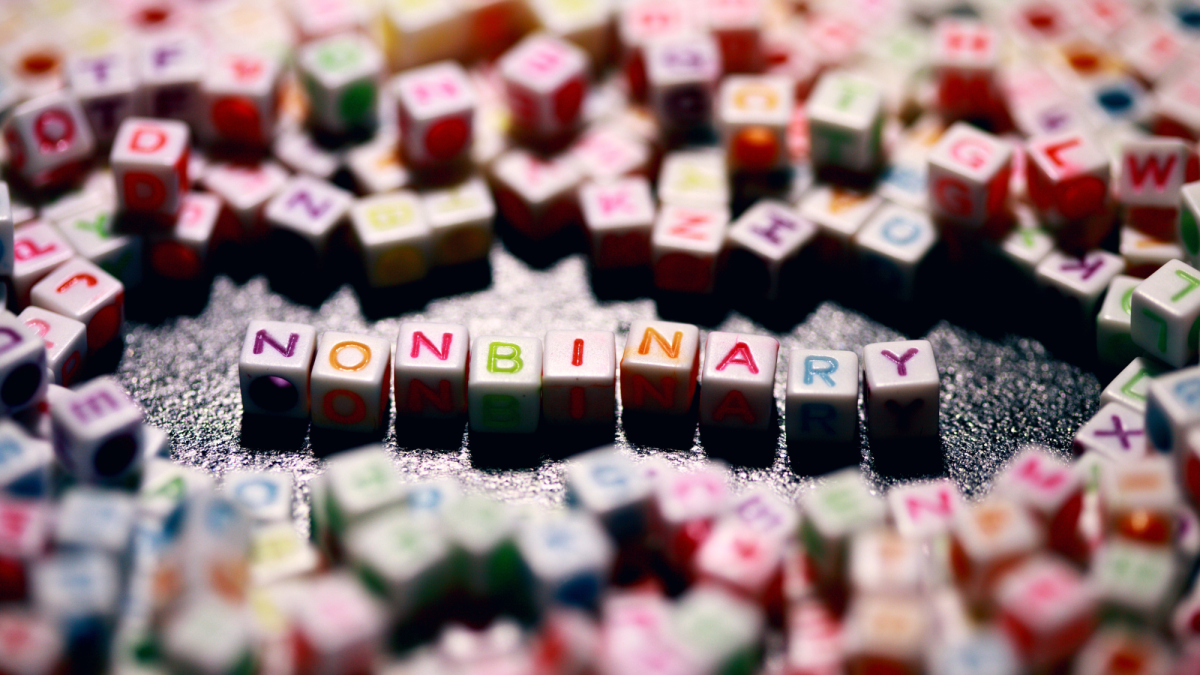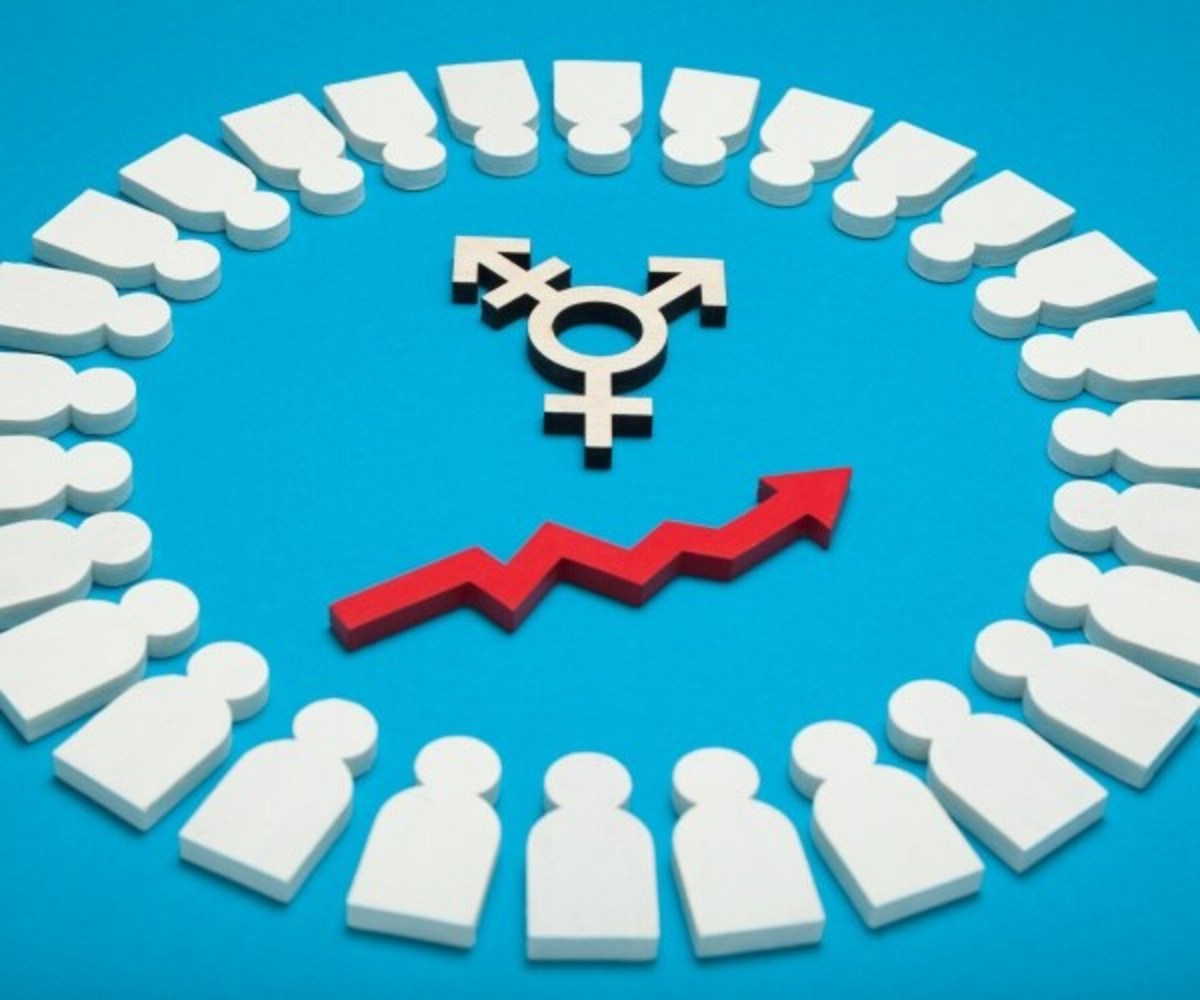The Distinction Between Sex and Gender
Gender basics as written by a transexual.
If you don't fully understand how sex and gender differ in my words, I highly recommend reading this article on gender basics written by Lynn Conway, a woman who has undergone reassignment surgery.
Sex and gender are not the same.
For those whose sex and gender align with each other, considering them to be separate entities may be a bit difficult to wrap one's mind around. Those in the transgender community, however, easily discover this distinction and are sometimes confused by it simply because the two terms are considered interchangeable.
Sex is the most easily identifiable, being the physical attributes that define whether someone is male, female, or intersex. These physical components consist of genetic sex in addition to primary and secondary sex characteristics.
Gender is a creation of the human mind, and is a usually mental characteristic. Intersex people may have conflicting physical characteristics that contribute to exploration of their gender identity, but these are generally the only cases where the body contributes to a person's gender. Being a mental construct, no one can really determine what precisely determines gender, but it's largely agreed that gender is made of a number of different components.
Whether or not gender is something you're born with or is a result of one's experiences has been a topic of much deliberation among both the medical and LGBT communities. A variety of studies have been conducted regarding the development of gender, some conflicting, of which I'm not qualified to ascertain the legitimacy of. As a result and for the purposes of this article, it's unknown whether gender is a result of nature or nurture.
Male to Female
| 8
|
|---|---|
Female to Male
| 13
|
Gender-Neutral
| 5
|
Genderfluid
| 4
|
From a sample of 30 transgender people in an online community, these are the genders each reported having.
What does it mean to be transgender?
Transgender, as a root definition, means to change gender. For years, it's been associated with transexual, which is to change sex, typically from male to female or in reverse. Transgender, however, has as much variety as there are gender identities.
This is the tricky part; a popular saying is that gender is a spectrum, and that is the best way to put it. While there are a set number of definitive sexes, there are a large number of ways to judge gender. When one's gender is neither boy nor girl, they are generally put under the umbrella term of genderqueer, or non-binary.
The two most popular non-binary identities are genderfluid and gender-neutral, but there are a great many others which include bigender, trigender, intergender and more. For a more thorough list and descriptions of each identity, check out this pamphlet written by the Gendered Alliance.








